Google threw the tech world for a loop Monday when it announced it was separating its core business and its myriad other ventures into a constellation of companies that would all be part of the larger company Alphabet. Google founder and CEO Larry Page will now be the CEO of Alphabet. Replacing him at Google is Sundar Pichai, Google’s current senior vice president of products.
Though Page noted in a blog post that the new Google will be a “slimmed down” version of its former self, Pichai will still have plenty on his plate. Google will retain core businesses, including search, ads, Maps, apps, YouTube and Android, meaning that tens of thousands of employees will still be reporting to Pichai. The former consultant and Stanford University dropout has risen through the ranks of Google over the last decade to become the most visible face at the company, serving as the master of ceremonies at Google’s annual I/O event and leading up almost all of the company’s key consumer products.
Here are five key facts about Sundar Pichai, Google’s next CEO.
He’s the reason you’re using Google Chrome
Pichai started at Google in 2004 working on the search toolbar that the company puts in Internet browsers. He thought that Google should have its own browser, even though the company was still mainly known for its search engine. Pichai eventually spearheaded the creation of Chrome, which has surpassed Microsoft’s Internet Explorer as the most popular browser in the U.S. The Chrome brand has since expanded to include a successful line of laptops and streaming devices.
He has slowly taken over almost all Google consumer products
After Chrome’s success, Pichai also came to oversee Gmail and Google Docs in 2011, according to a Businessweek profile. In 2013, he also took the helm over Android, perhaps the most important division at Google as the company battles Apple for mobile supremacy. In 2014 he was named the company’s product chief, bringing services like Maps and Google+ under his wing as well.
Read more Read TIME’s 2013 cover story, ‘Google vs. Death’
He’s Larry Page’s right-hand man
Page has increasingly relied on Pichai since starting his second stint as Google’s CEO in 2011. Last year’s restructuring had already made Pichai’s unofficial No. 2. Now Page will have even more time to focus on Google’s other big bets while Pichai manages the company’s core competencies. “Sundar has been saying the things I would have said (and sometimes better!) for quite some time now, and I’ve been tremendously enjoying our work together,” Page said in the blog post announcing Alphabet. “I know he deeply cares that we can continue to make big strides on our core mission to organize the world’s information.”
He’s a unifier within the company
With more than 55,000 employees, getting the different divisions within Google to play nice together is an ongoing challenge. Pichai seems to have a knack for it. Since taking over Android he’s made big strides with Google Now by creating interdisciplinary teams from the company’s Android and search departments. “I would challenge you to find anyone at Google who doesn’t like Sundar or who thinks Sundar is a jerk,” Googler Caesar Sengupta told Businessweek.
He’s the company’s first non-white CEO
Born in Chennai, India, Pichai will be the first CEO of Google that isn’t a white man. He studied engineering at the Indian Institute of Technology in Kharagpur and came to America to study materials science and semiconductor physics at Stanford, though he eventually dropped out. He’ll join Microsoft chief Satya Nadella as one of the few high-profile minority CEOs in consumer tech.
The 10 Most Ambitious Google Projects

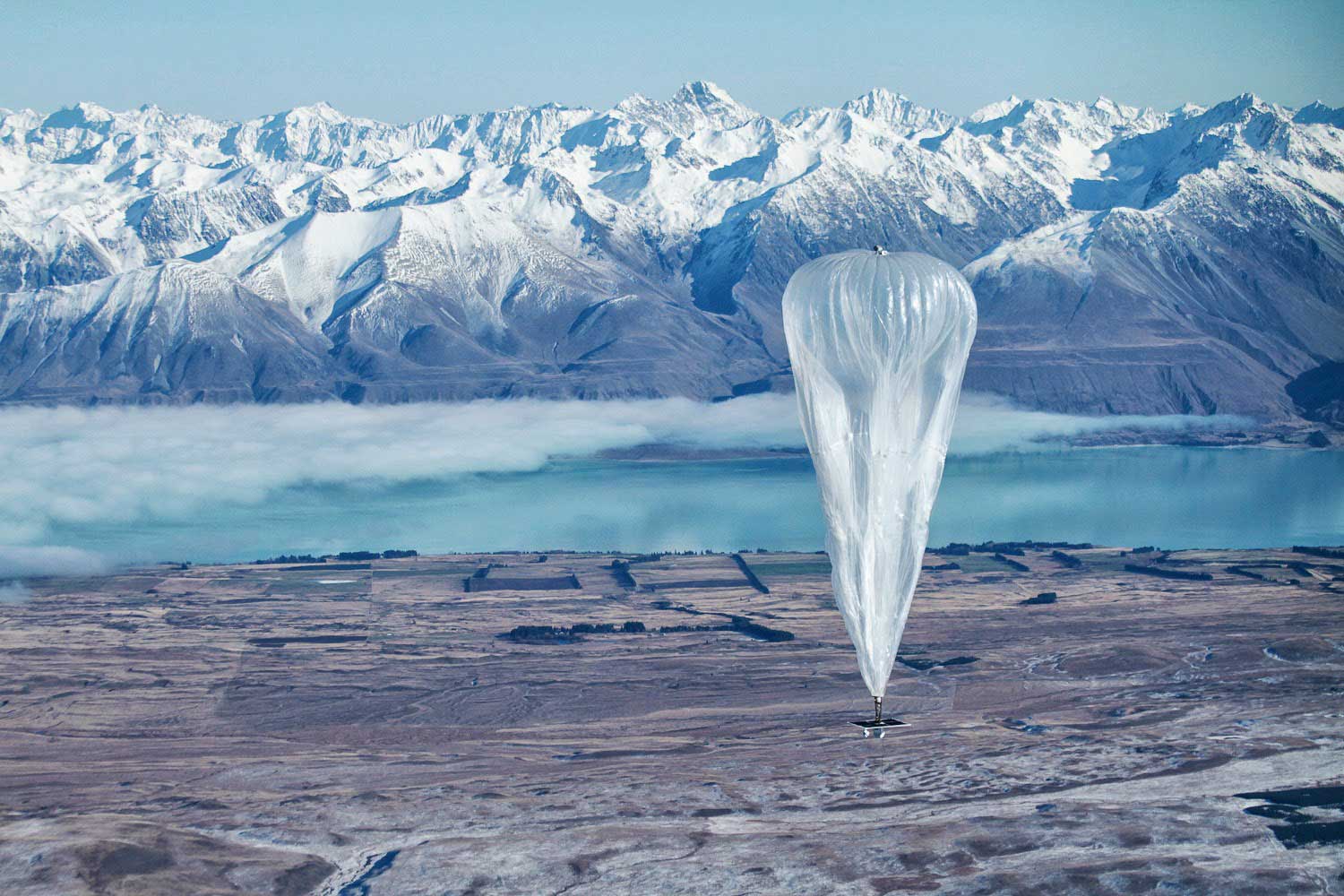
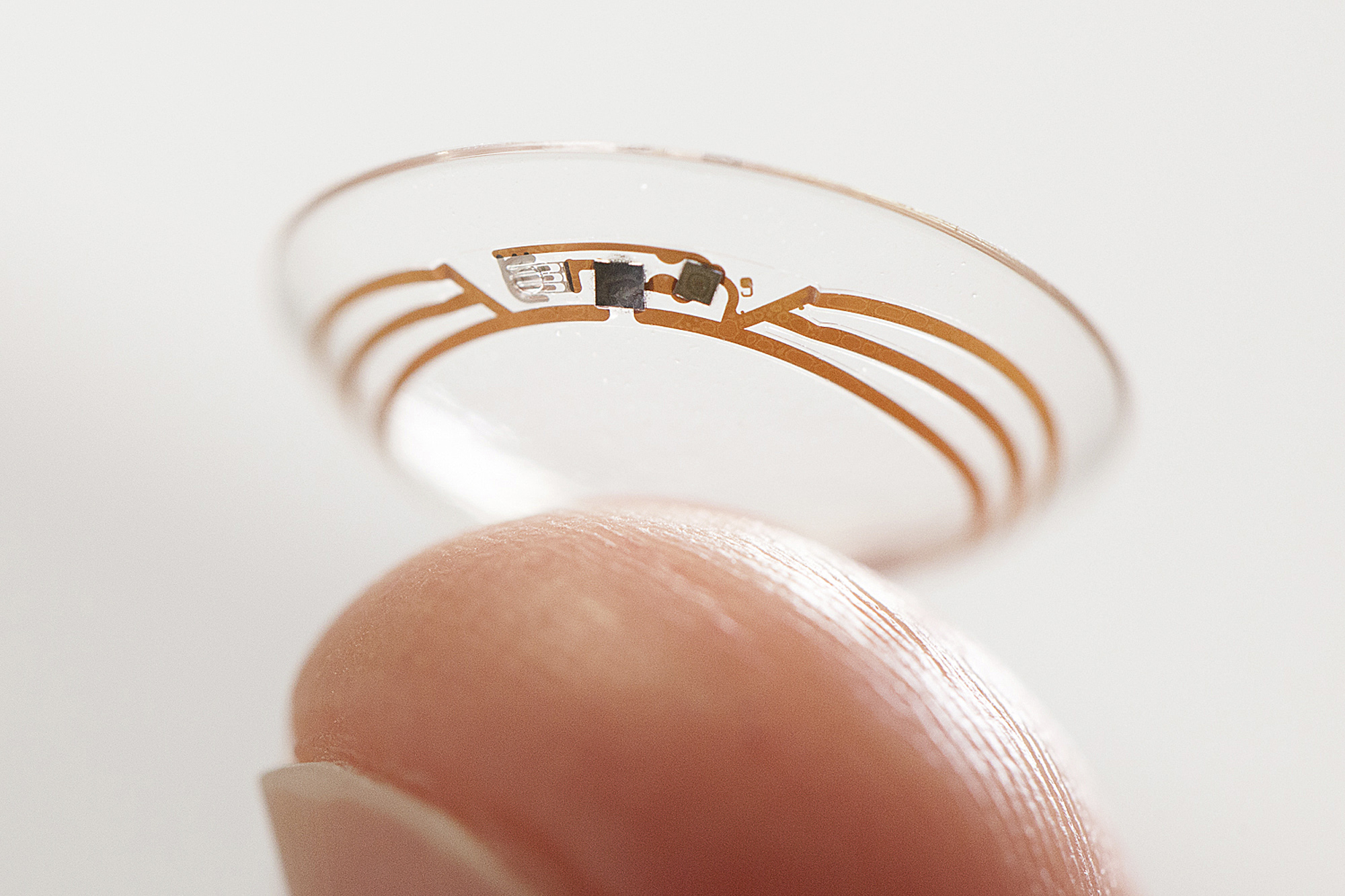
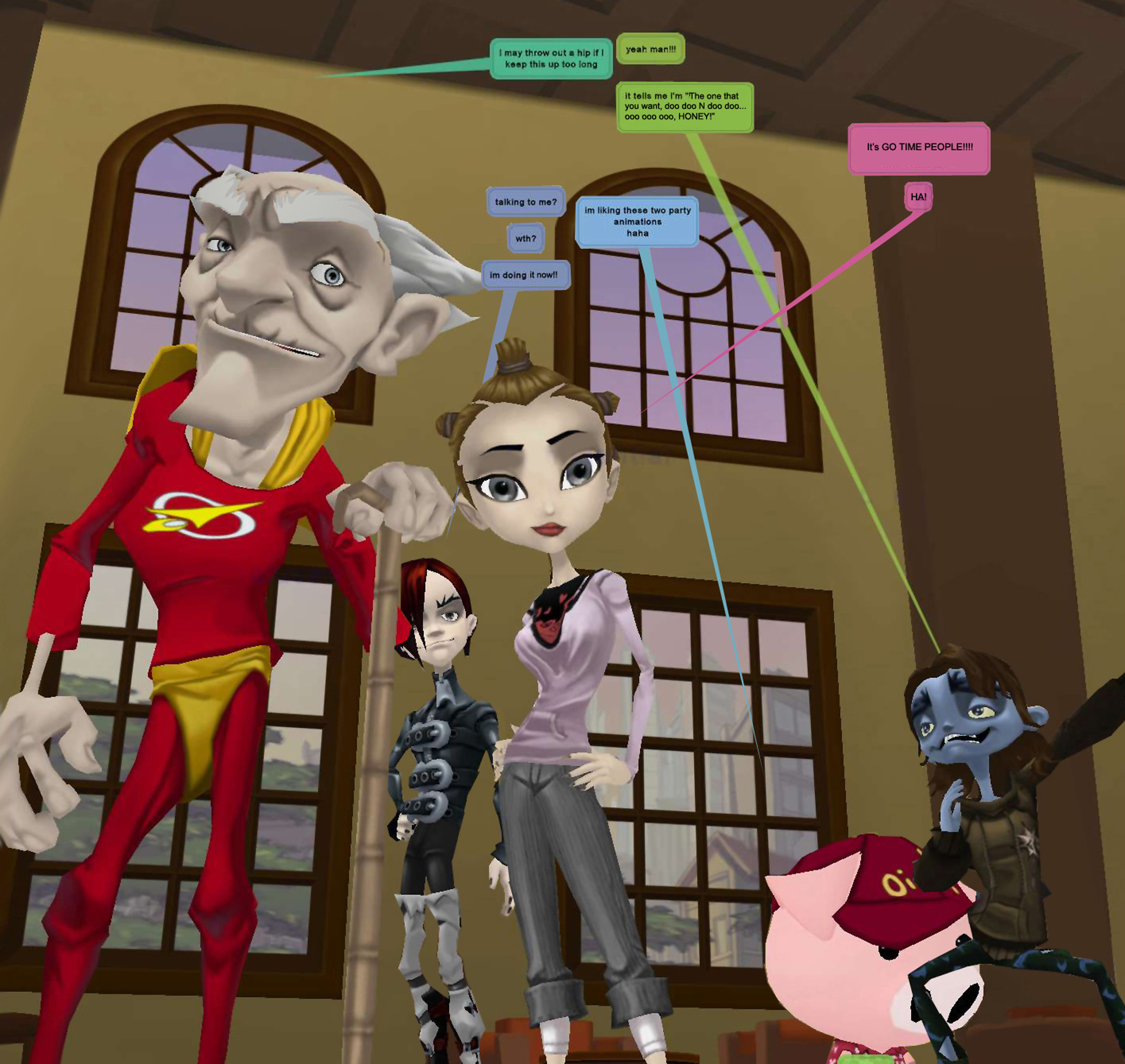
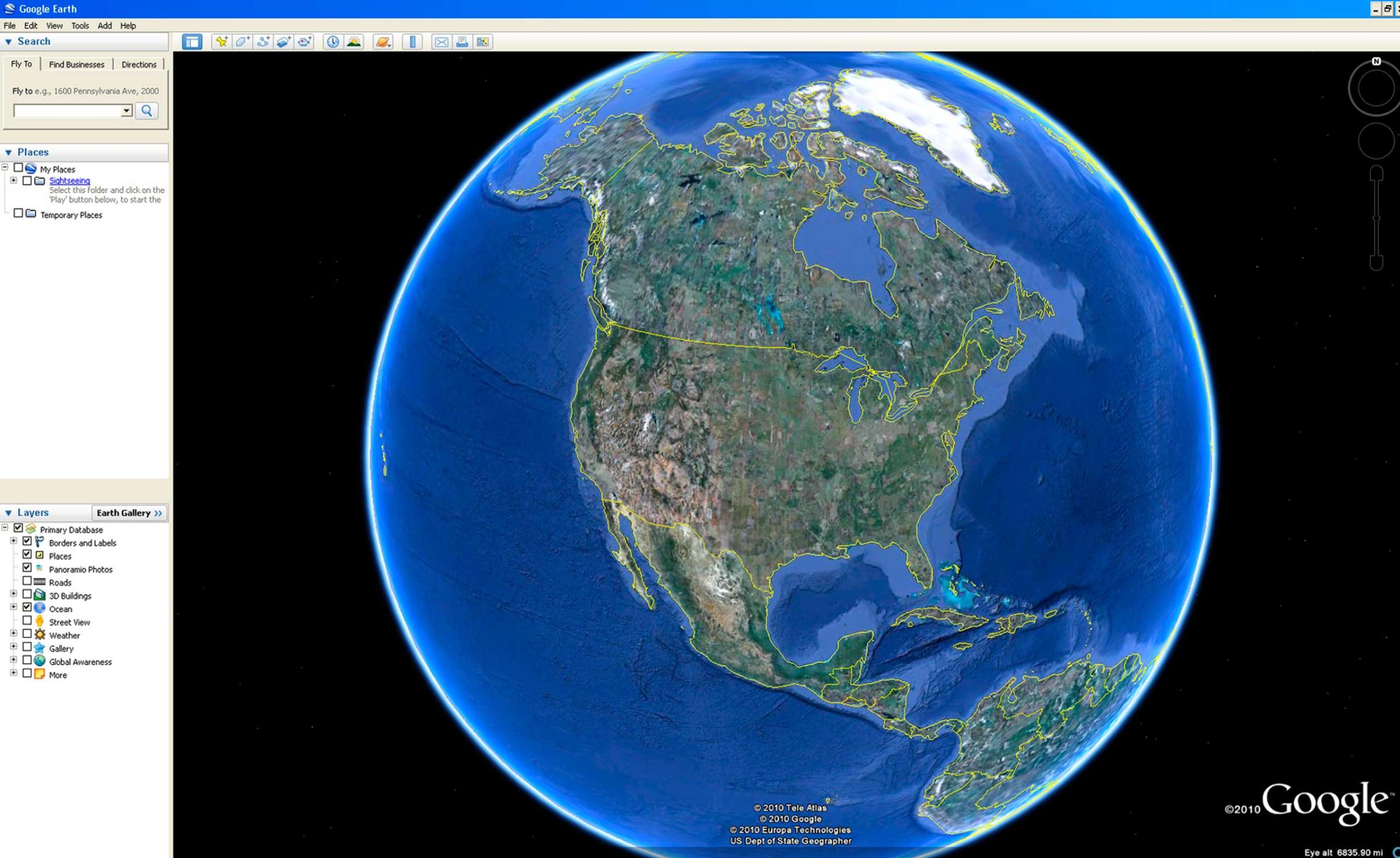
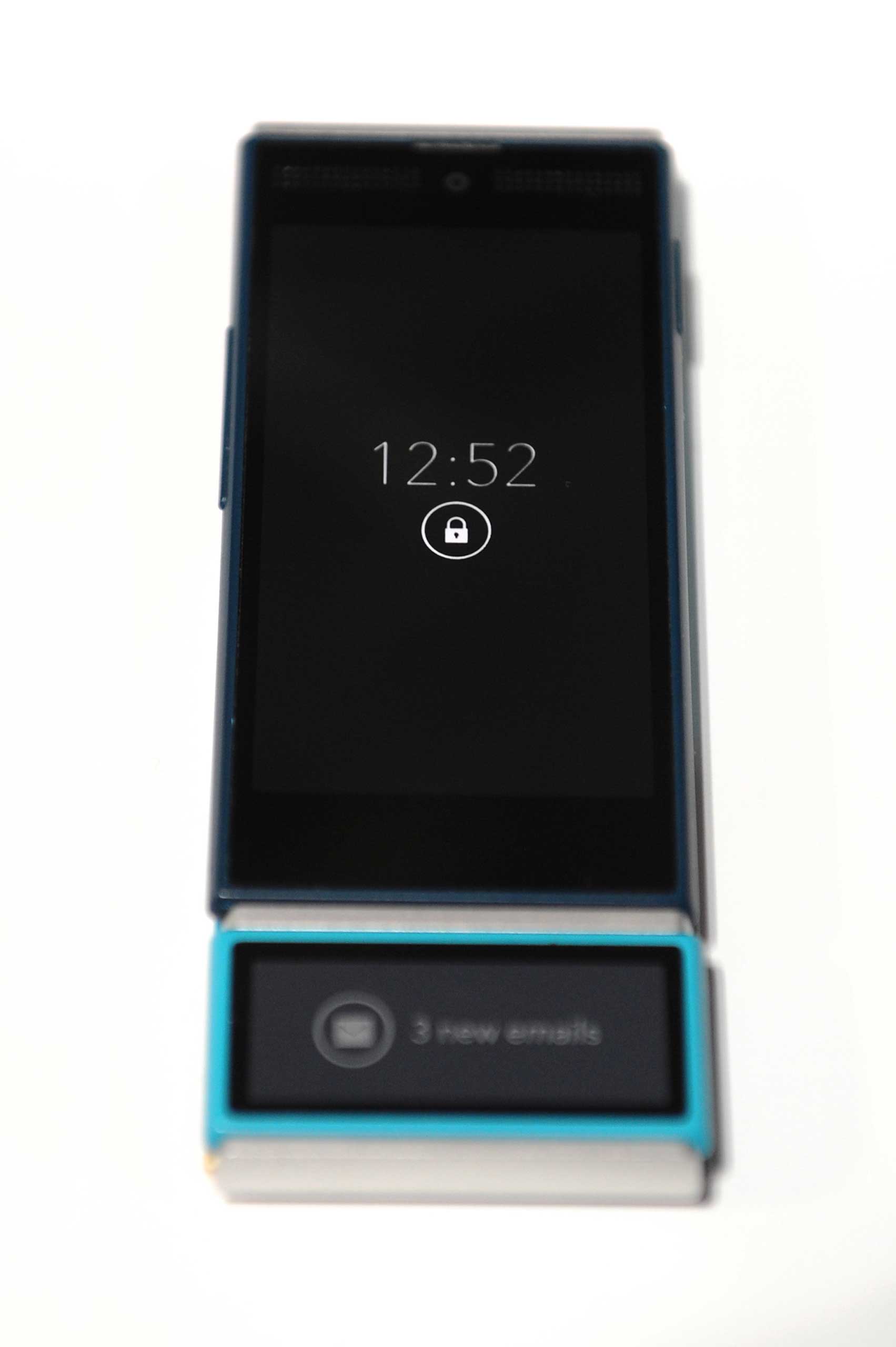

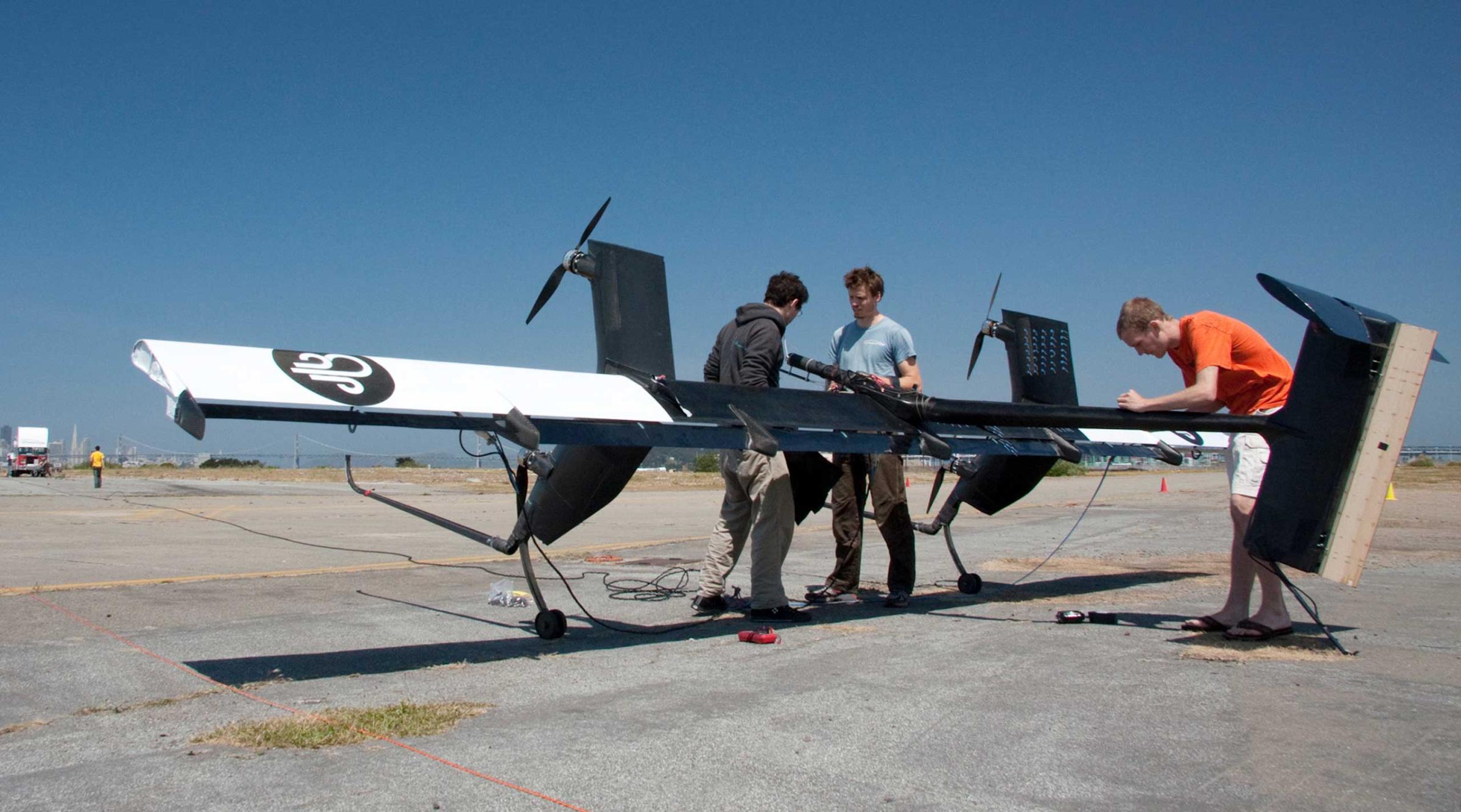
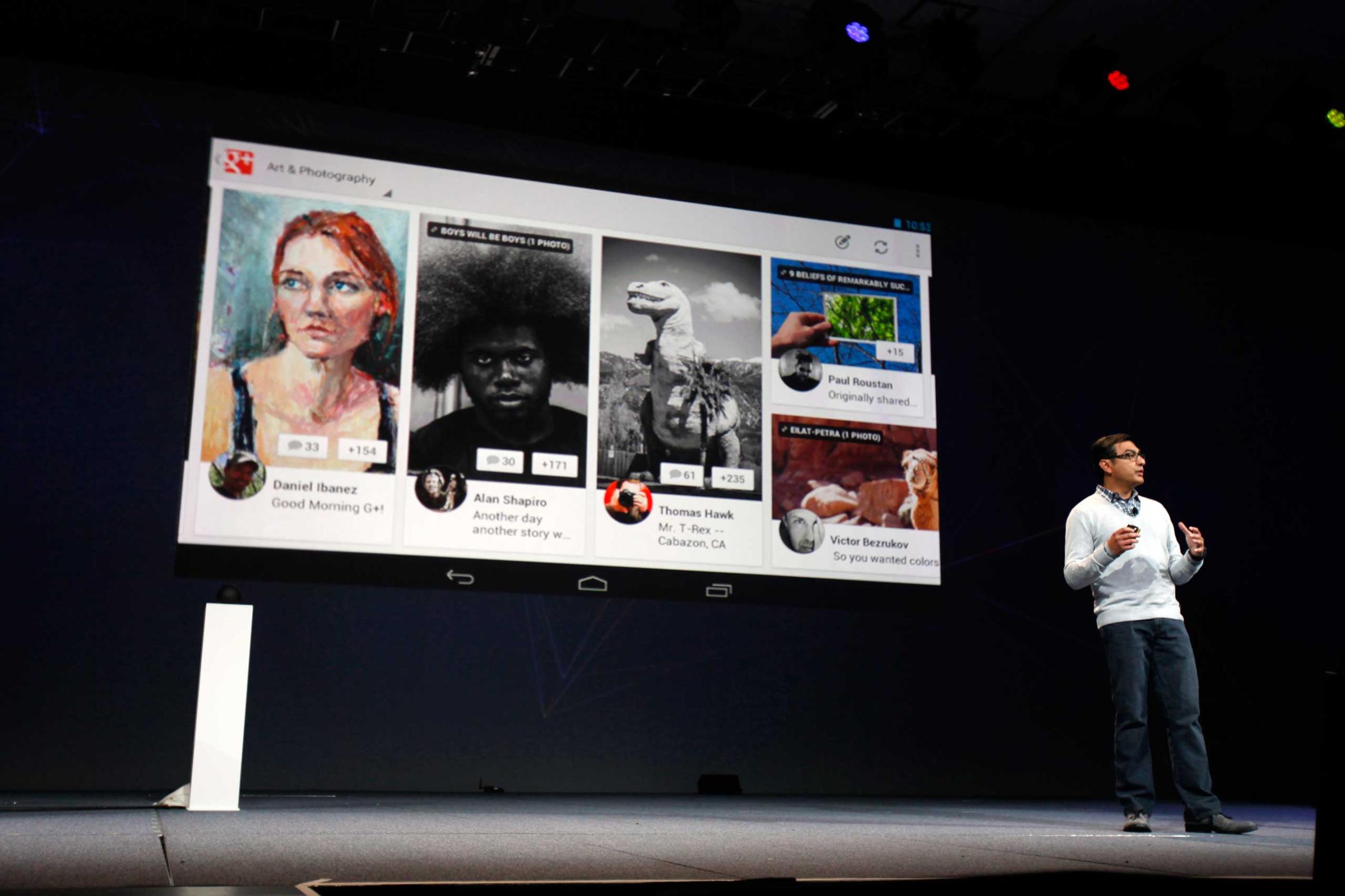

Read next: Alphabet, Google’s New Company, Has the Most Unusual URL
More Must-Reads from TIME
- Caitlin Clark Is TIME's 2024 Athlete of the Year
- Where Trump 2.0 Will Differ From 1.0
- Is Intermittent Fasting Good or Bad for You?
- The 100 Must-Read Books of 2024
- Column: If Optimism Feels Ridiculous Now, Try Hope
- The Future of Climate Action Is Trade Policy
- FX’s Say Nothing Is the Must-Watch Political Thriller of 2024
- Merle Bombardieri Is Helping People Make the Baby Decision
Contact us at letters@time.com